29 free resources for speech pathologists in private practice to improve client care (and 11 other useful ideas)
As a profession, speech pathologists are generous to a fault. I’ve discovered that most speech pathologists (including very senior academics and over-worked clinicians) are delighted to share their knowledge with those of us in private practice. The key challenge is connecting the dots: carving out the time to find and filter the research, and to then apply it to our practices to improve client care.
Some organisations and professionals are doing terrific work to make it easier for busy speech pathologists to find and translate research into practice. For example, The Informed SLP and many universities are now using social media and new technologies to help practitioners find out about their work. But we could all do more to help bridge the gap between research and day-to-day practice.
To do our bit for knowledge sharing – and to help manage our fear of missing out on the joint Speech Pathology Australia-New Zealand Speech-Language Therapists’ Association (NZSPA) Conference in Brisbane last week – we spent each night of the conference going through the #NZSPAConf tweets to find resources, tools and tips that could help our practice and other private practices to improve client care.
So here is our list, including:
- 29 useful free resources we discovered (or rediscovered) from the NZSPA Conference tweets last week, with links to the actual tools and resources; and
- 11 other ideas, including mental models, pending research, and other useful information to help clinicians in private practice.
In most cases, the authors of the resources are clear from the links, although we’ve tried to add in twitter handles (or at least lead author names) where we could find them. Any errors of interpretation are ours alone.
Note that our selection bias was extreme: we chose things that were of immediate, practical, clinical interest to us in a busy private practice; and our interests are wide and eclectic! There were (literally) hundreds of other resources and tips on other topics that we could have shared from what was by any measure an amazing conference.
If you know of (or created!) other free evidence-based resources that would help private practitioners, please feel free to let us know, and we will add them to the list!
| Tool/resource | Links | Credit/contact |
| The Squirrel Story (narrative Ax with Australian norms) | https://www.languageandliteracyinyoungpeople.com/apps-resources https://www.blacksheeppress.co.uk/product/squirrel-story-narrative-comprehension-assessment-nca/ https://www.blacksheeppress.co.uk/wp-content/uploads/2018/02/SquirrelNCA_IntActForm19feb.pdf | Suze Leitao @Suze_Freogirl, Emily Dawes @emilydawesSLP and team at Black Sheep Press (UK) |
| Oral inferential comprehension intervention for children with #devlangdis (full free Rx resource) | https://www.dropbox.com/sh/sh93neh6ql658xq/AADrIdNSms49Pr9el9D_51eda?dl=0 https://journals.sagepub.com/doi/abs/10.1177/0265659018815736?journalCode=clta | Emily Dawes @emilydawesSLP, Suze Leitao @Suze_Freogirl and team |
| Health literacy and SLP Report Writing presentation (the slides themselves are a master class in Plain English, and clear expression) | https://www.harmonyturnbull.org/2019/06/03/conference-presentation/ | Harmony Turnbull @SP_Harmony |
| PEERS for Young Adults program for social skills (free social communication videos) | https://www.routledgetextbooks.com/textbooks/9781138238718/videos.php | Elizabeth Laugeson |
| Marleen Westerveld’s free resources, including discourse level narrative, retell tasks and a free photo bank you can use for a variety of receptive and expressive oral and written language tasks | https://www.marleenwesterveld.com/resources/ | Marleen Westerveld @MWslp |
| A treasure trove of Phonological Awareness Resources (University of Canterbury) | https://www.canterbury.ac.nz/education/research/phonological-awareness-resources/ | Gail Gillon @gailtgillon |
| Accessible information about speech, language and communication | https://www.speakupsalford.nhs.uk/ | Via @speechiemsm |
| ERLI (comprising 120 typical first words and gestures, developed for young children in remote Northern Territory, but of potential use for many other populations, too) | https://www.facebook.com/pg/EarlyRemoteLanguageInventory/photos/?ref=page_internal | Caroline Jones and colleagues |
| PFASE (free e-course on paediatric feeding!) | https://central.csds.qld.edu.au/central/courses/219 | Clinical Skills Development Service (Queensland) |
| OZI-SF (Australian MacArthur Bates vocabulary Ax) – watch this space! | https://journals.sagepub.com/doi/abs/10.1177/0142723716648846?journalCode=flaa | Marina Kalashnikova and colleagues |
| ReST (evidence-based CAS treatment) | http://sydney.edu.au/health-sciences/rest/ | Tricia McCabe @tricmc and colleagues at the University of Sydney |
| TIDieR – Better Reporting of Interventions descriptions to allow better replication (checklist/guide) | http://www.equator-network.org/reporting-guidelines/tidier/ | Tammy Hoffmann and colleagues |
| Free – Sampling Utterances and Grammatical Analysis Revised (SUGAR) | https://www.sugarlanguage.org/ | Bob Owens and Stacey Pavelko |
| Decoding Dragon to chase away the guessing monster (literacy) | 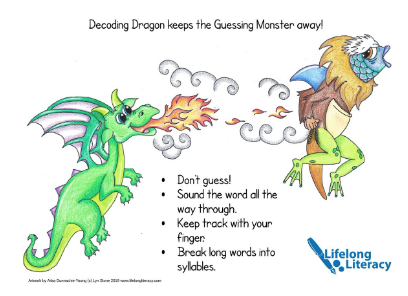 | Lyn Stone @lifelonglit |
| Michigan 10 key skills for early literacy instruction | https://memspa.org/wp-content/uploads/2017/10/Booklet-FINAL-9.14.17.pdf | Via @tricmc |
| Liberator AAC resources and information | https://liberator.net.au/support/education | https://liberator.net.au/ |
| MOSAIC Online Ax for observations of people with intellectual disabilities | https://www.mosaiccommunication.com.au/ | @AndySmidt |
| Intelligibility in Context Scale | https://www.csu.edu.au/research/multilingual-speech/ics | @SharynneMcLeod |
| SoundLog Noise Dosimeter | https://itunes.apple.com/au/app/soundlog-noise-dosimeter/id1063941394?mt=8 | Australian Hearing Services |
| Ottawa Patient Decision Aid to support families | https://decisionaid.ohri.ca/ | |
| Drooling Quotient | https://www.aacpdm.org/UserFiles/file/drooling-quotient-instructions.pdf | van Hulst and colleagues |
| Drooling Impact Scale | https://www.aacpdm.org/UserFiles/file/The-Drooling-Impact-Scale.pdf | Susan Reid and colleagues |
| CSDRNetwork Transcription Guidelines (Guidelines Relating to Clinical Management of Child Speech Disorder | North Bristol NHS Trust) | Guidelines Relating to Clinical Management of Child Speech Disorder | Via @speechieellie |
| Promoting use of home languages:YouTube Resources from NSW Health SESLHD | How Childcare Educators can support bilingual children?:https://www.youtube.com/watch?v=z-7-KN4gFCc Helping your child learn two languages: https://www.youtube.com/watch?v=PIrD7PkeDdg | |
| Youth Voices in Youth Justice | http://talkingtroublenz.org/presentations-publications/youth-voices-about-youth-justice/ | Talking Trouble NZ |
| Multilingual Language Ax | The Alberta Language Development Questionnaire ALDeQ (Paradis) – questionnaires, intended to be administered in interview Non-word Repetition Task | Johanna Paradis Dollaghan & Campbell |
| Multilingual Speech Ax | https://www.csu.edu.au/research/multilingual-speech/speech-assessments | @SharynneMcLeod |
| Office Lens (App) totake photos of whiteboards and presentations (free) | https://itunes.apple.com/au/app/microsoft-office-lens-pdf-scan/id975925059?mt=8 | Via @robertPwells |
| Boys and literacy acquisition | https://digitalmediaprojectforchildren.wordpress.com/2019/04/19/boys-and-literacy-acquisition-introduction/ | @ProfRvach |
Other clinically relevant things I found out about from the NZSPA Conference tweets:
| Topic/issue/model | More about it | Research to watch/follow |
| New tongue tie research | Holly Salt, Sharon Smart @sharonsmart79, and Mary Claessen @SpeechMary | |
| More about the duty of Care vs Dignity of Risk, including in the context of dysphagia | https://www.dailymotion.com/video/x6btzqu | Via @emilywaites |
| New drooling research on its way | Michelle McInerney | |
| Linda Worrall’s 7 Habits of Highly Effective Aphasia Therapists Goal Setting model for aphasia (SMARTER): Shared, Monitored, Accessible, Relevant, Transparent, Evolving and Relationship-centred (Hersh et al., 2012) | 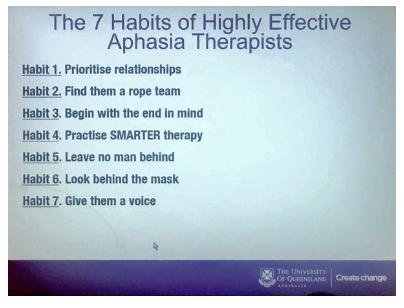 | @aphasiologist1 |
| Watch out for soon to be published systematic study about Childhood Apraxia of Speech + evidence-based tips to help us to differentially diagnose Childhood Apraxia of Speech | 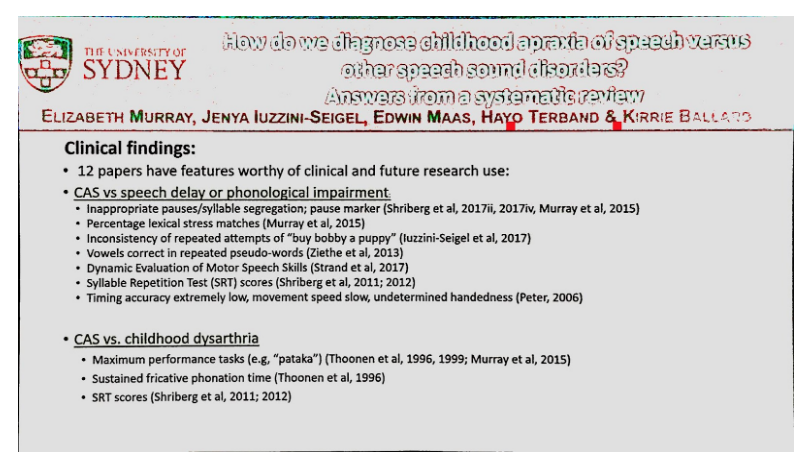 | @LizMurraySpeak and colleagues via @speechiellie |
| Launch of the Centre of Research Excellence in Aphasia Recovery and Rehabilitation | https://www.latrobe.edu.au/research/centres/health/aphasia | |
| More on the effects of classroom noise on language comprehension | 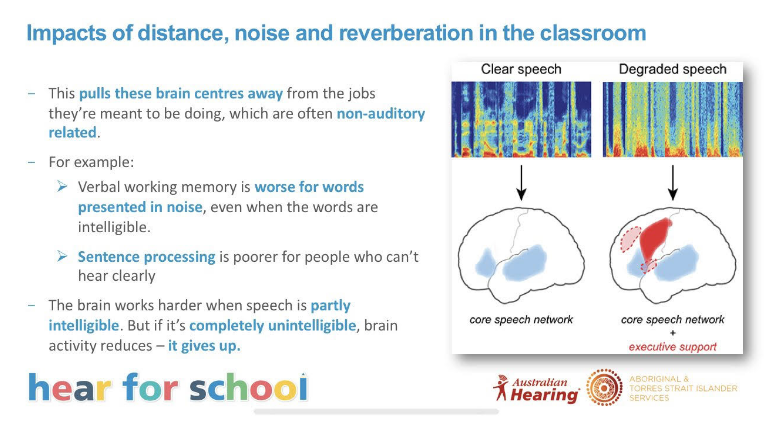 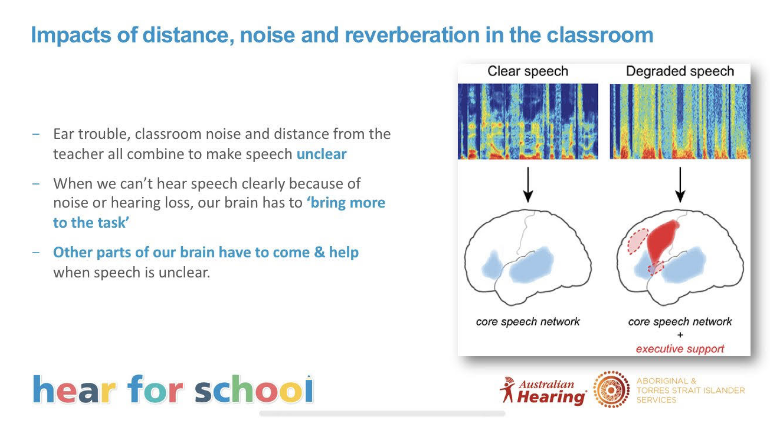 | @SamHarkus Australian Hearing |
| Why classroom acoustics are an issue for SLPs | 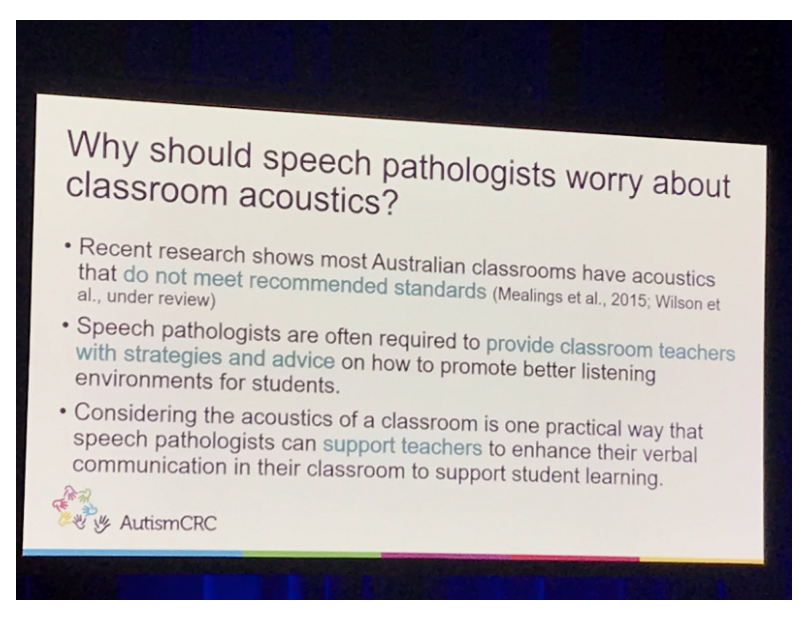 | Rebecca Armstrong @bec_armstrong18 |
| 4 dimensions Maori health model (NZ) | https://www.health.govt.nz/our-work/populations/maori-health/maori-health-models/maori-health-models-te-whare-tapa-wha | |
| Better Scientific Posters design templates | https://osf.io/ef53g/ | |
| Excellent review/discussion of the Simple View of Reading | https://www.tandfonline.com/doi/full/10.1080/19404158.2019.1609272 | Kate Nation @ReadOxford |
Image: https://tinyurl.com/yysosxss

Hi there, I’m David Kinnane.
Principal Speech Pathologist, Banter Speech & Language
Our talented team of certified practising speech pathologists provide unhurried, personalised and evidence-based speech pathology care to children and adults in the Inner West of Sydney and beyond, both in our clinic and via telehealth.

